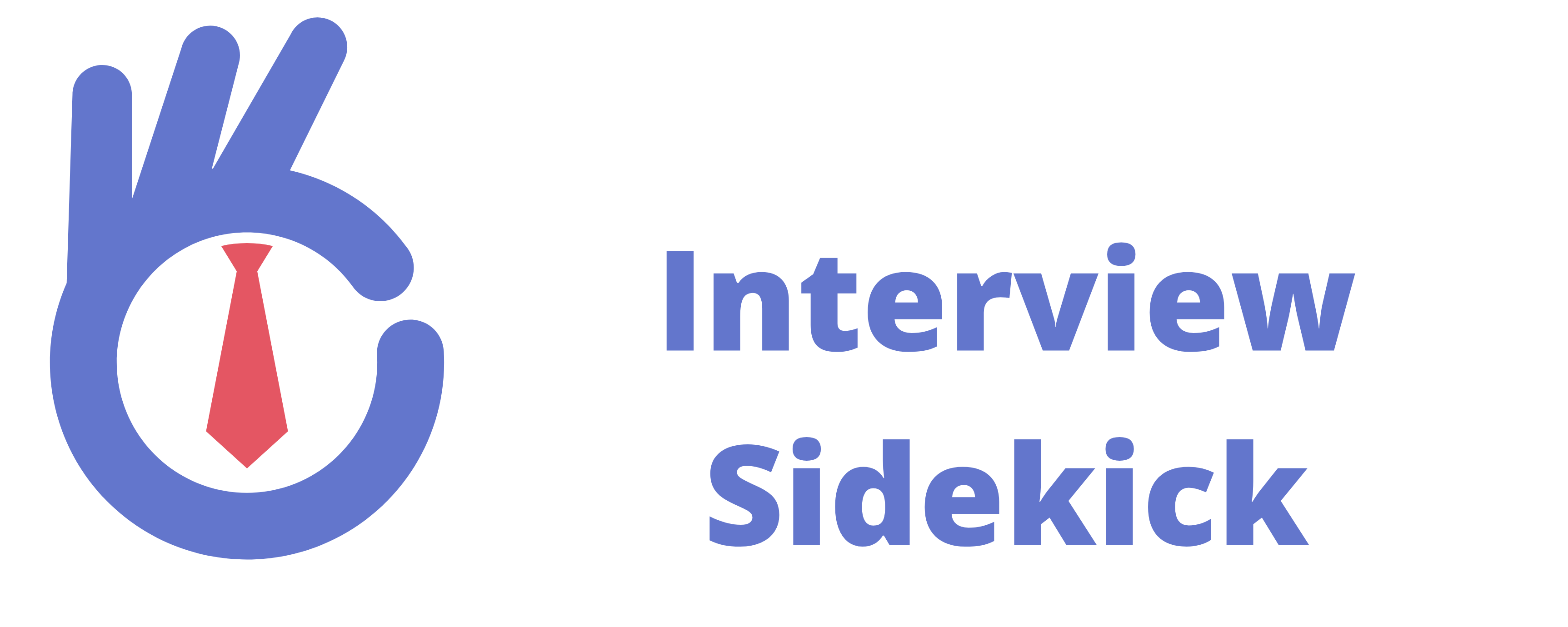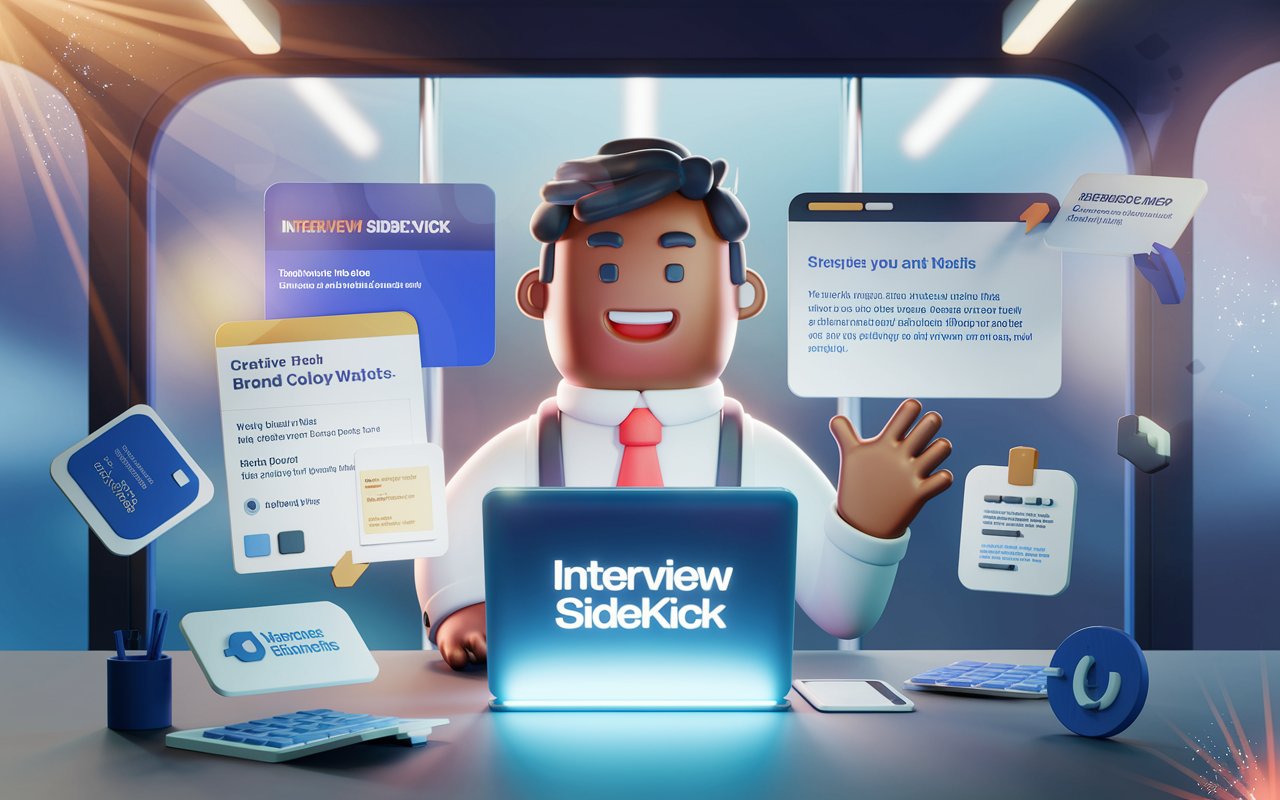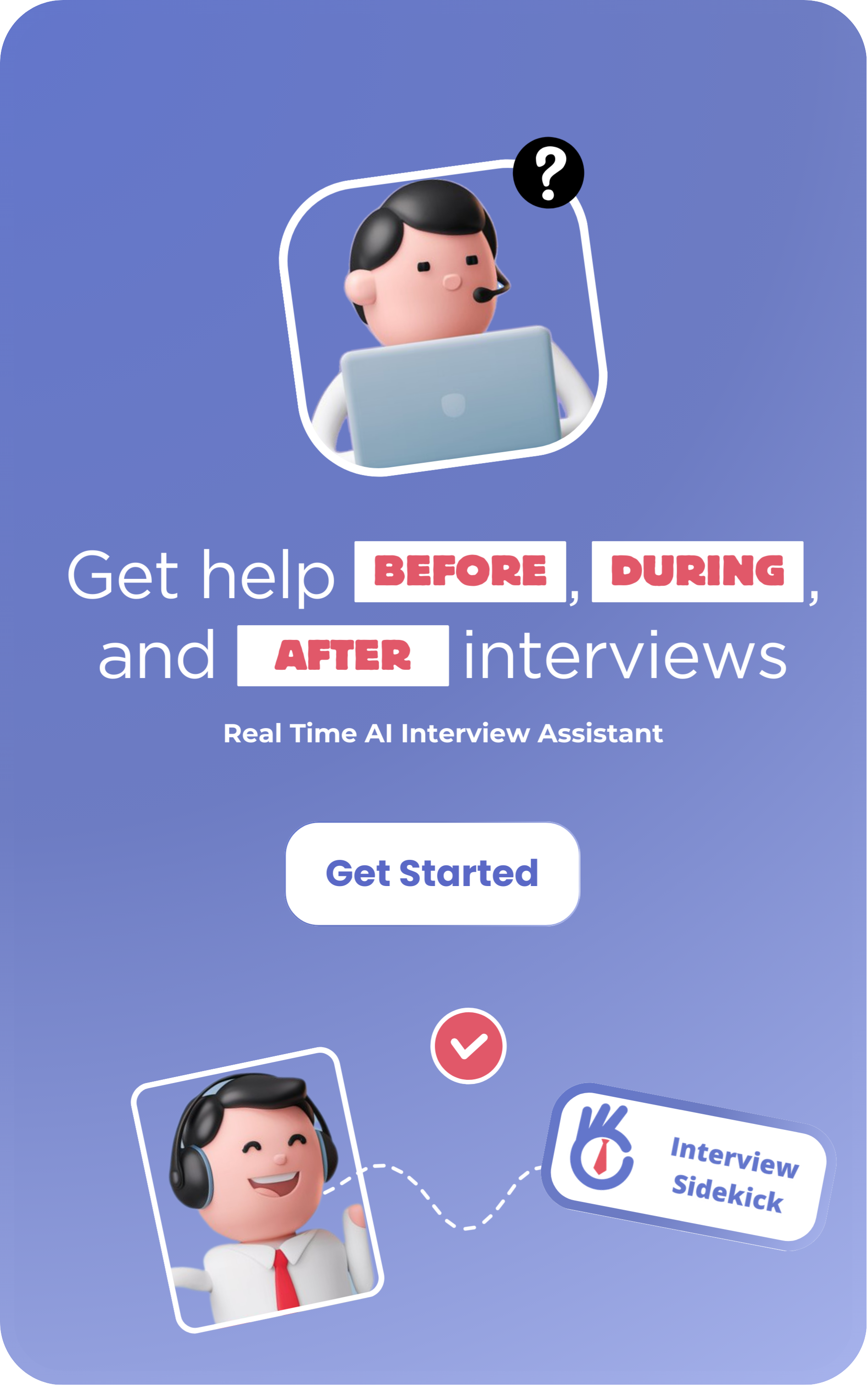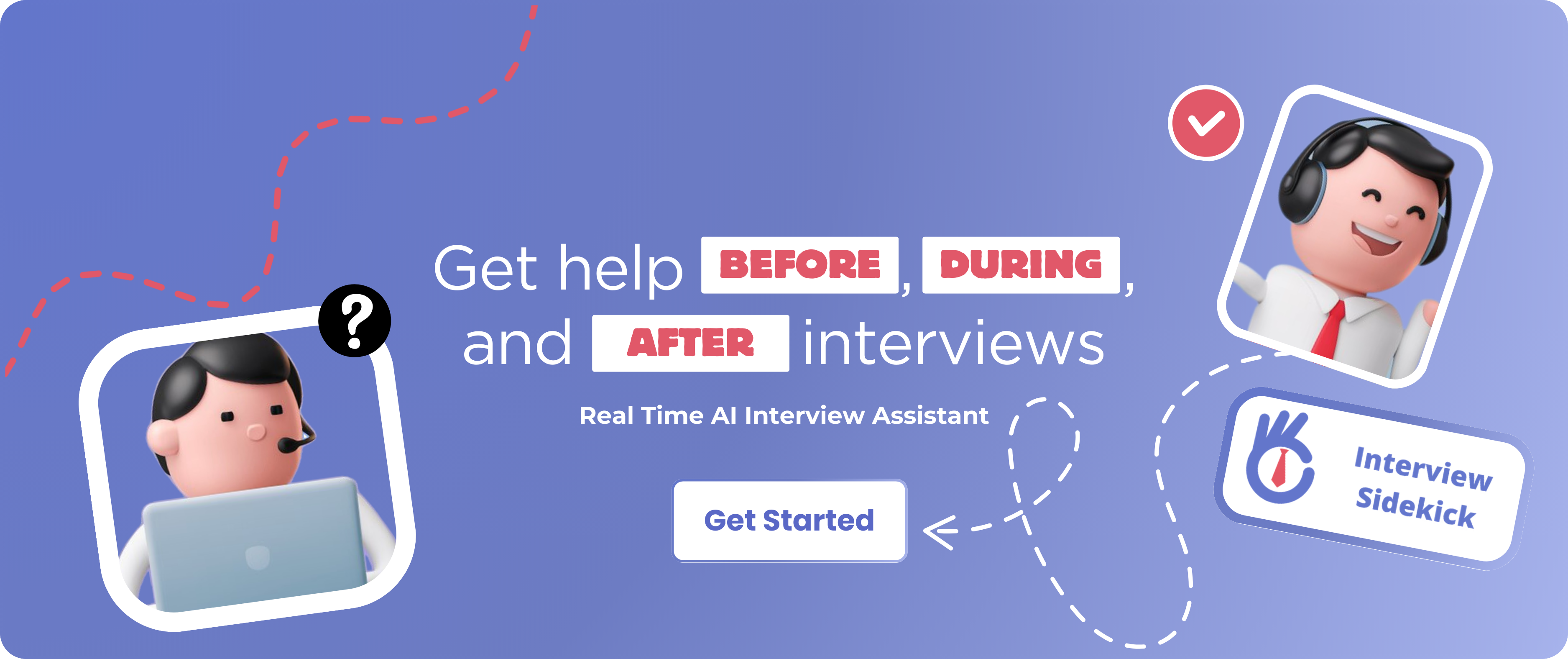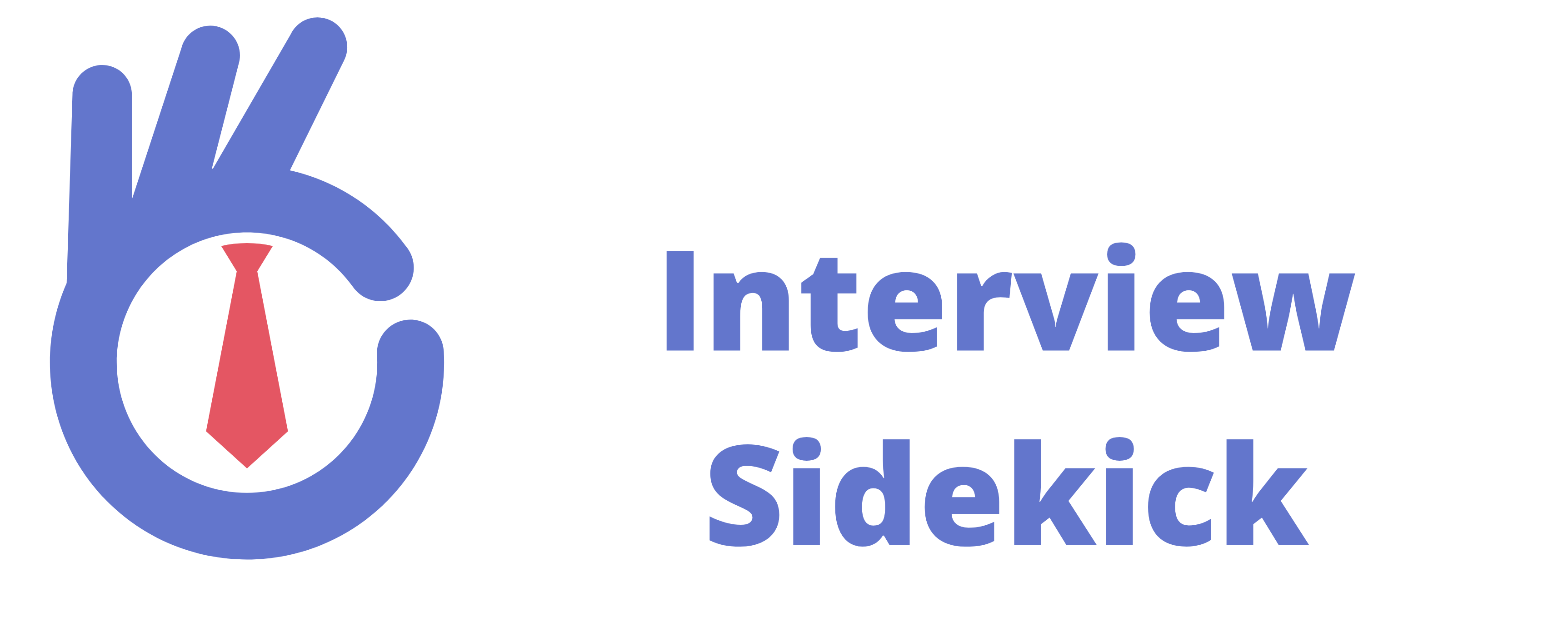Every interview requires a unique pitch, your introduction content matters a lot and only your self-introduction will set you apart from other candidates for the same position.
Companies like Amazon, Facebook, Apple, etc. all offer you a unique set of interview questions assessing if you are fit for the job role. Each company operates on different principles and cultures having a varied communication style giving you an idea about how you should formulate your body style and tone and helping you understand the best ways to answer behavioral interview questions.
But one thing that makes a difference in your self-introduction doesn’t matter the medium of the interview whether its a phone screen interview or a walk-in interview. You might have heard of this quote:
“First Impression is the last impression.“
Your introduction should be a unique combination of your personal traits and professional traits and should show your objective, behavior, and work ethic. It must convey how you will be serving as an asset for the company. Here in this blog, we will provide you the tips, and examples for introducing yourself in an interview in such a way that will guarantee you the dream job.
Why Does Your Introduction Matter?
Your introduction helps you create a “Psychology of First Impression“, perception starts once you enter the room or on a video call, the interviewer can make judgments about your competence, trustworthiness, and likability in just a few seconds which simply implies that your introduction is not just about your name, what you did or where you come from.
It’s an opportunity to formulate their perception in the right direction, it will create a strong foundation for the rest of your interview.
Pro Tip: Think of your introduction as the opening scene of a movie—it should capture attention and set the tone for the rest of your conversation.
If you don’t manage to convey your value early on, it becomes difficult to reverse a negative first impression.
Here’s what the data shows:
- 50% of employers decide whether a candidate is a good fit within the first 5 minutes.
- 33% of interviewers have decided in the first 90 seconds if they want to proceed with the candidate.
With stakes this high, your introduction needs to be more than a mere formality—it needs to serve as a launching pad for a successful interview.

Interview Introductions: Do’s and Don’ts

How to Introduce Yourself in an Interview Framework

Start with Your Name and a Statement Defining Your Role
You should always start introducing yourself with your name and a statement that clearly defines your current role or scenario.
Example:
“Hi, my name is Priya Shah. I’ve been working as a marketing manager at XYZ for the past five years, where I’ve led digital campaigns that increased our brand’s online presence by 50%.”
Key Tip: Speak your name clearly and make sure your title reflects the experience relevant to the role you’re applying for.
Tell About Your Professional Journey and Specialisation
Explain your career journey including key industries, skills, that aligns with the current job you are interviewing for in a maximum of 3 lines.
Example:
“I specialize in data-driven marketing strategies, particularly for tech startups. In my last role, I managed a cross-functional team that helped launch over 20 successful product campaigns, driving a 35% increase in customer acquisition.”
Key Tip: This is not your entire résumé—just a snapshot that piques the interviewer’s interest and positions you as the ideal candidate.
Show Your Interest in the Job
You should always research the company well before going to the interview and during the interview, you should tell the employer the unique elements of the company and “Why are you interested in joining the company?” or “Why does this role excite you?” correlating your interests.
Example:
“I’m particularly excited about this opportunity with ABC because your focus on data analytics matches my passion for leveraging insights to drive growth, which I’ve done extensively in my previous roles.”
Key Tip: Do some research about the company’s values or recent accomplishments and incorporate that into your introduction to show you’re genuinely interested.
Highlight Your Achievements
Highlighting your achievements can differentiate you from other candidates showing your thinking process, determination, and result-driven efforts.
Example:
“One of my proudest achievements was developing an automated email marketing system that saved the company 30 hours of manual work per week and increased our lead conversion rate by 20%.”
Key Tip: Always connect your achievement to the role you’re applying for—how can this success translate into value for your potential employer?
Show Your Confidence
You should end it by summarizing your values and excitement for the role to convince the interviewer that you are ready for further process.
Example:
“I’m confident that my experience in digital marketing and data analytics can bring value to your team, and I’m looking forward to diving deeper into how I can contribute to your continued success.”
Key Tip: Maintain a positive, forward-looking tone. You’re setting the stage for a productive conversation, so express enthusiasm and leave room for the interviewer to transition into the next phase.
Personalizing Your Introduction for Different Interview Types
Not every interview is alike, and so shouldn’t be your introduction. As you tailor your introduction to the type of interview, you’re demonstrating professionalism, flexibility, and awareness of the circumstances surrounding the interview. Here are tips for tailoring your introduction based on different kinds of interview settings:
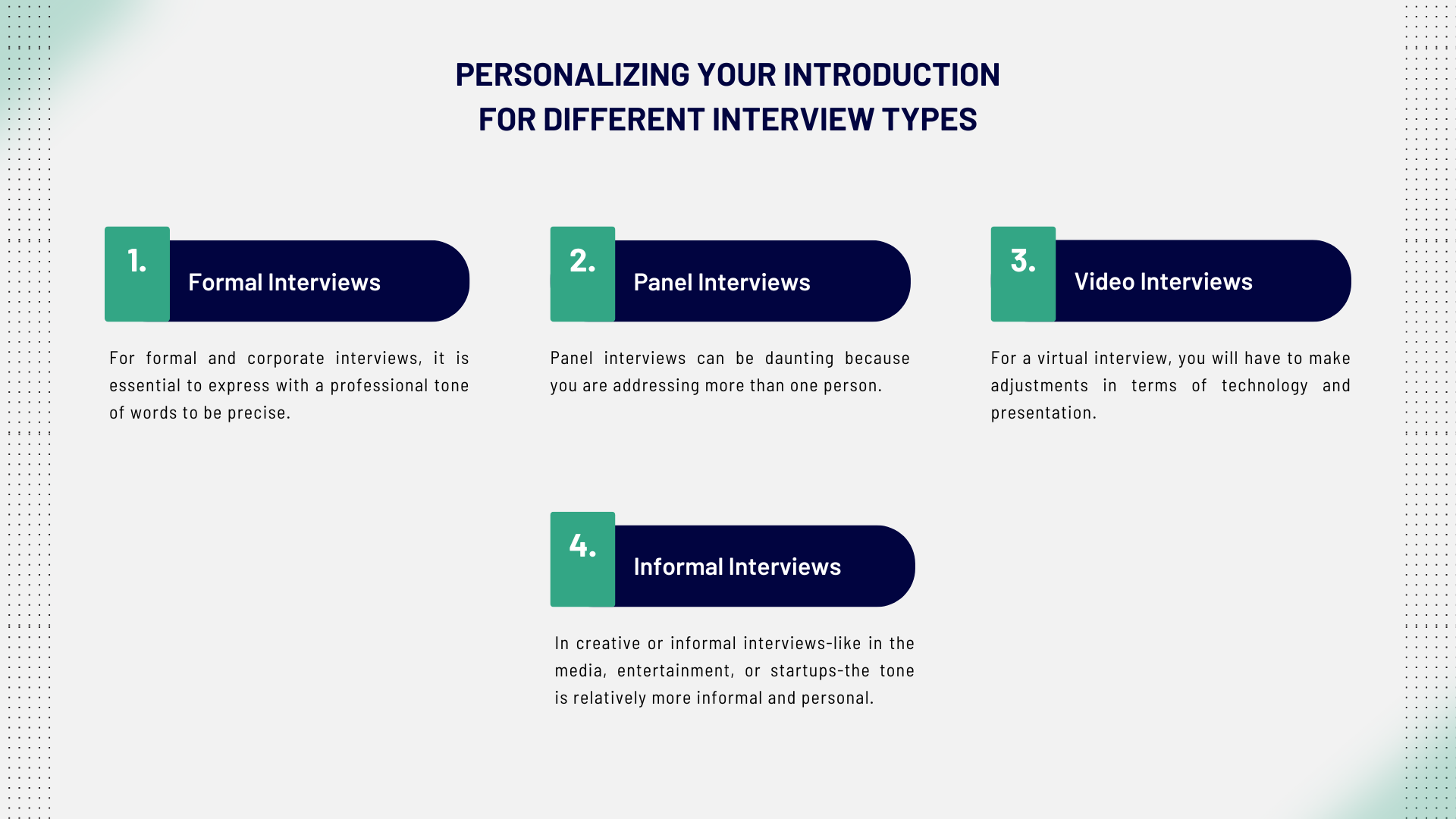
Formal Interviews: How to Adjust for Corporate or Traditional Settings
For formal and corporate interviews, it is essential to express with a professional tone of words to be precise. There, you would like to reveal as much experience, achievements, and qualifications in as much structured and concise speech as possible and avoid slang or other informal language.
Key Adjustments:
- Tone: Formal and professional. Use formal titles (Mr./Ms. [Last Name]) addressing the interviewer(s) unless they instruct you not to.
- Content: Talk about possible experiences that might be comparable in other corporate organizations.
- Pace: Deliver material calmly and comfortably to convey composure and mastery.
Example:
“Good morning, Mr. Sharma. My name is Aditi Rao, and I have over six years of experience in financial analysis with a focus on driving operational efficiency. In my most recent role, I led a team that optimized our budgeting process, leading to a 15% reduction in operating costs.”
Panel Interviews: Techniques for Addressing Multiple Interviewers at Once
Panel interviews can be daunting because you are addressing more than one person. The key thing in such situations is to relax, ensure your eyes are focused on each panelist, and adjust your body language to answer all of them as a group.
Key Adjustments:
- Tone: Confident but not forceful enough or assertive. Avoid favoring one interviewer over the other, even if they are asking most of the questions.
- Content: Write your introduction broad enough to include many skills that will appeal to various interviewers from other departments. Be prepared to be flexible because each interviewer might weigh emphasis differently on what you’ve experienced.
- Engagement: Make eye contact with all panel members when you introduce yourself. Do not let your attention fall on just one member who happens to be called the lead interviewer. Greet the whole group so they all do not feel left behind.
Example:
“Good afternoon, everyone. My name is Rohan Patel, and I’ve been working in product management for the past seven years, primarily in consumer tech. I’ve successfully led cross-functional teams that launched three high-performing products, with one reaching over 500,000 active users in its first year. I’m excited to discuss how I can bring this expertise to your team.”
Video Interviews: Key Differences and Adjustments for Virtual Settings
For a virtual interview, you will have to make adjustments in terms of technology and presentation. You need to factor in your camera angle, and lighting as well, and make sure that you do not have any distractions behind you. As professional as an in-person interview, you might have to make up for the lack of physical presence with more pronounced tones and gestures.
Key Adjustments:
- Tone and Body Language: Speak clearly, smile, and use a little more expansive body language since the non-verbal cues are harder to pick up on video.
- Tech Setup: Camera should be at eye level. Your background should be clean and free of distractions. Internet connection must be stable.
- Engagement: Eye contact with the interviewer: upon giving your introduction, look right into that camera.
Example:
“Hi, I’m Sameer Mehta, and it’s great to meet you virtually today. I’ve spent the last four years working in digital marketing, where I’ve focused on developing campaigns that drive growth for SaaS companies. My most recent project generated a 25% increase in conversions for our flagship product, and I’m looking forward to discussing how I can bring that success to your team.”
Tech Tip: Test your microphone and video setup beforehand to avoid any technical hiccups.
Creative or Informal Interviews: Adjusting Tone and Content for a More Relaxed Interview
In creative or informal interviews in the media, entertainment, or startups tone is relatively more informal and personal. While you are professional, at the same time, this may be your window where you are allowed to share much more of your personality and creativity.
Key Adjustments:
- Tone: Be friendly and personal; conversational, but again do not let this cross over into a lack of professionalism, especially at first.
- Content: Focus the creative achievements and innovation. Make sure to include an anecdote if it is pertinent, as it helps to personalize your introduction while being casual.
- Engagement: Humor or personal details where appropriate but tasteful at all times and, most importantly, relevant.
Example:
“Hey, I’m Nisha, and I’ve spent the last few years working as a UX designer in the gaming industry. My passion for creating intuitive, engaging user experiences led me to develop a mobile game that’s now being used by over 1 million players. I’m super excited to be here and learn more about how I can contribute to your team’s next big project.”
Tip: Even in a relaxed setting, remain mindful of your word choice and presentation. Always err on the side of being more polished if you’re unsure about the company’s culture.
“Introduce yourself” examples for different interviews
General Professional Introduction: A Strong, Adaptable Template
A solid introduction serves as a foundation that can be tailored to fit various roles and industries. This template emphasizes clarity and confidence while showcasing your relevant experience.
Example:
“Hello, I am Sarah. I work as a project manager with over seven years of experience in software development. My last experience was at Tech Innovations. My team was able to deliver a cloud-based application when we saw a client satisfaction rating increase by 40%. This is what makes me excited about the opportunity to contribute to Innovate Solutions, by being known for pioneering user-centric technology.”
Mid-Career Switch: How to Introduce Yourself When Changing Industries
When changing industries, your introduction should highlight transferable skills and relevant experiences, while also addressing your motivation for the switch.
Example:
“Hello, I am Daniel Brian. With eight years of experience in health care administration coupled with the experiences in team leadership and gaining efficiency and effectiveness in operational performance, I’m all set to switch gears on project management within the tech industry. At WellCare Services, I implemented process improvements that shortened patient waiting time by 25%. This experience will enable me to contribute to TechNext’s key goals- specifically, to improve project workflows and facilitate teamwork.”
Fresh Graduate: A Polished Introduction for Those Entering the Workforce
For fresh graduates, it’s essential to convey enthusiasm, relevant coursework, internships, and a willingness to learn.
“Hi. I’m Emily. I have graduated from the University of California, Berkeley, where I earned a degree in Environmental Science. While at university, I was interning at GreenEarth to work with and analyze data for sustainability projects. What therefore excites me most about this opportunity at EcoSolutions is its innovative approach towards saving our environment and how eager I am to serve by applying research and analysis skills.”
Leadership Role: Setting the Tone as a Manager or Executive-Level Candidate
For candidates applying for leadership positions, it’s important to convey confidence, strategic vision, and a track record of success.
Example:
“Good afternoon, I am Robert. With over 15 years of leadership in the financial services industry, I can assure you that I will bring the rich experience that will make operations here efficient and result-oriented. Previous to my joining the firm, I was serving as Director of Operations at Apex Financial where, through continuous improvement efforts with my team, we were able to enhance operational efficiency by 30%, thus resulting in a great impact on profitability. What interests me about BrightFuture Investments is how we are contributing to investing in innovation in sustainable finance. I would be more than happy to apply my skills in strategic planning and team building to add my inputs to growth efforts.”
Practice Makes Perfect
A good interview introduction takes more than just a great script to pull off-it takes practice. The more you practice, the more natural and confident you will be like with any acquired skill. This section shows why practice is of paramount importance, tips for effective practice, and how to keep flexibility during your interview.
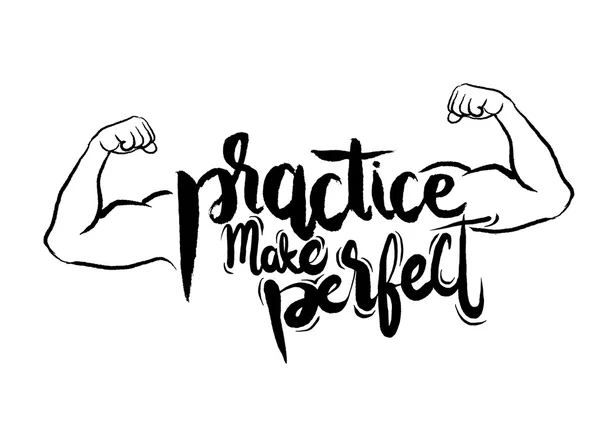
Why it matters:
- Reduces anxiety
- Builds confidence
- Creates consistency
Tips for Practicing Your Introduction
There is much said about practice. Not only do you have to practice but how you do the practice as well. The following interview tips can help you perfect the delivery and make sure your introduction is one to remember.
- Maintain Good Eye Contact
- Recording Yourself
- Seeking Feedback
- Using a Mirror
